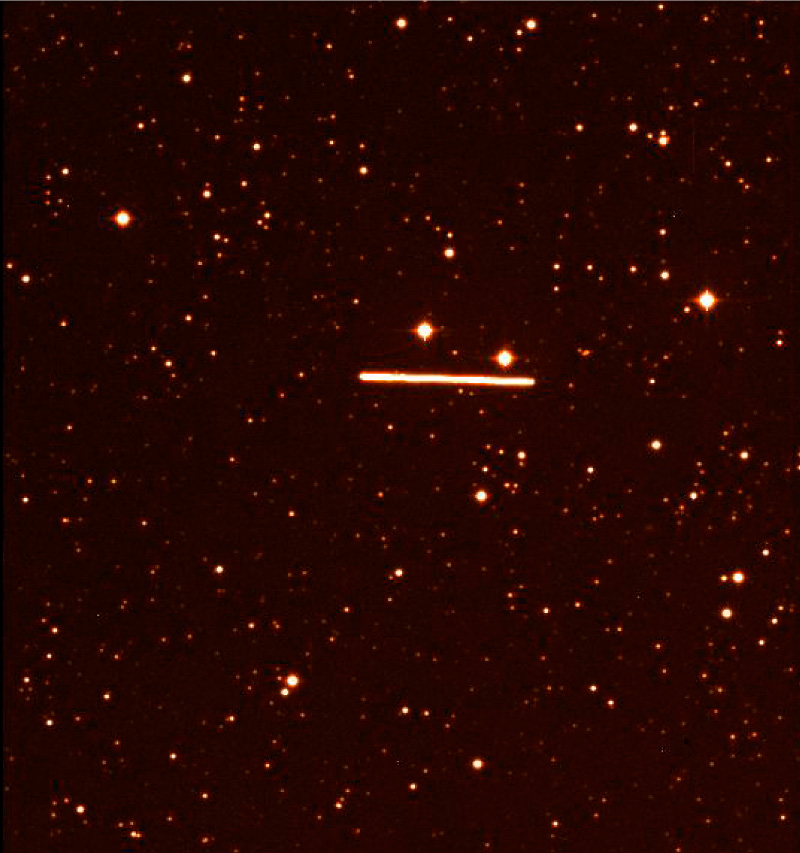NASA Confirms Safe Passage of Plane-Sized Asteroid 2025 OW Next Week

NASA has announced that a plane-sized asteroid, designated 2025 OW, will pass Earth on July 28, 2025. Measuring approximately 210 feet in length, the asteroid is set to come within 393,000 miles of our planet, which is about 1.6 times the average distance from the Earth to the Moon. Despite traveling at a high velocity of 46,908 miles per hour, NASA experts emphasize that this encounter is routine and presents no threat to Earth.
According to Ian J. O'Neill, a media relations specialist at NASA's Jet Propulsion Laboratory (JPL), the passage of 2025 OW is part of regular astronomical activity. "If there was a threat, you would hear from us. We would always put out alerts on our planetary defense blog," he stated. This reassurance comes as part of NASA's ongoing efforts to monitor near-Earth objects (NEOs) and inform the public of any potential risks.
Davide Farnocchia, an expert at NASA's Center for Near-Earth Object Studies (CNEOS), explained that close approaches by asteroids occur frequently in our solar system. "Close approaches happen all the time—it’s just part of the fabric of the solar system," Farnocchia explained. His team tracks multiple asteroids passing Earth each week, with five expected in the upcoming week alone.
While 2025 OW is notable due to its size, its well-documented orbit means it poses no danger. "We know exactly where it’s going to be. We’ll probably know where it’s going to be for the next 100 years," O'Neill added. For those interested in observing asteroids, Farnocchia pointed out that 2025 OW will not be visible with binoculars. However, he highlighted an upcoming event that may attract more attention: the asteroid Apophis, which is expected to approach Earth closely in April 2029.
Apophis, measuring approximately 1,115 feet in length, will come within 38,000 kilometers of Earth, closer than many of our geostationary satellites. This event will allow it to be visible to the naked eye, presenting a rare opportunity for public observation.
NASA scientists further noted that while Earth is bombarded by about 100 tons of space material daily, most of this consists of harmless dust. Larger and potentially hazardous impacts are extremely rare. Farnocchia stated, "For an object the size of 2025 OW, while close approaches might happen yearly, an actual Earth impact would only occur roughly every 10,000 years."
Through its planetary defense initiatives, NASA continues to monitor NEOs and maintain transparency regarding potential risks. The agency emphasizes that while headlines about asteroids can often be sensationalized, the reality is that most encounters pose no significant threat to Earth.
Advertisement
Tags
Advertisement





